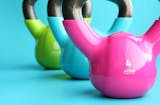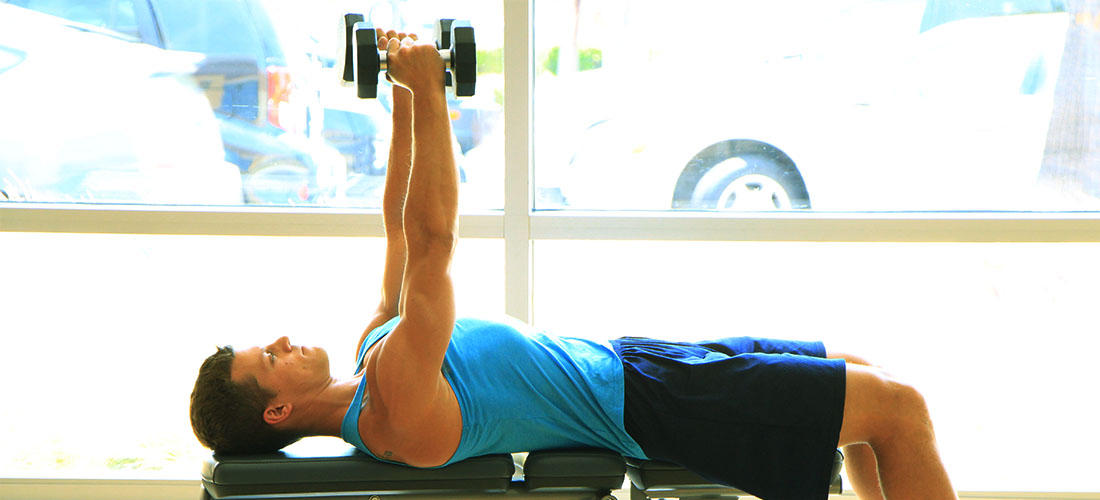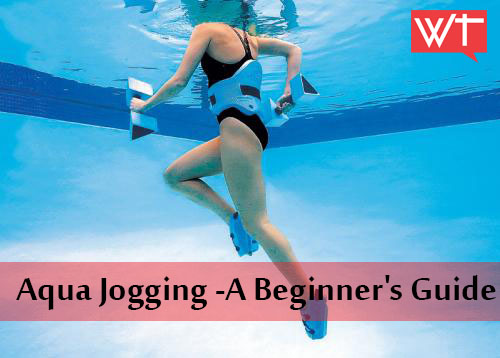AquaJogging is essentially a rehabilitation technique for pre- and post surgery patients and those which suffer from chronic back pain [1]. However, with the benefits it offers to the neuro-muscular workout of any 5k runner [2], it has gained recognition as an option of low-impact cross training too.
Contents
What is AquaJogging exactly?
A workout in pool where one mimics the land jogging without touching the pool bottom.
There is not much science behind it, except for the fact that water offers more resistance to body than air and as a result, endurance is improved. Also, since water offers bouyancy, strain on joints is reduced. So, runners train as hard as they want and are still able to avoid Hip Flexor injury.
What is the difference between AquaJogging and Aqua Aerobics?
Well, Aqua Jogging is basically for rehabilitation and cross-training while Aqua Aerobic is a workout routine for a fun and low-impact weight loss session. Both burn almost equal number of calories depending on the intensity. But the basic exercise are different. For example, Aqua aerobics might use routine with pool ball while Aqua jogging might make use of dumbbells and bungee ropes.
AquaJogging – Who should and should not do it?
It is good for elderly and overweight as the injury risk is low and it is effective due to water resistance. But more suitable for 5k runners. Although much depends upon the intensity of the workout used. Like if, there is simply running, its more suitable for the elderly and post-surgery patients. However, a workout routine that involves interval training, might find more use with the track runners.
What is required in AquaJogging?
Essentially a swimming pool and aqua jogging belt to maintain erect upright position or a flotation belt. Though you may also like to use a waterproof MP3 player to keep yourself entertained.
How can I increase the efficiency of my AquaJogging workout?
The first thing to keep in mind is that you’ll move much slower than on land, so measure by time and not distance covered. There are various techniques to increase resistance and efficiency of an AquaJogging workout.
- If you are training in a group, competing with others on time basis might keep you interested while also pushing your limits.
- In case you are practicing it all by yourself, you use use bungee rope for sprinters to increase your efficiency.
- You can also use dumbbells in hand while running or even tie some weight to your ankles. Here you must understand that whatever weight you use, it’ll weigh lesser in water due to bouyancy.
- Interval training, Pyramid workout and Ladder workout can also be incorporated in your routine to make it more challenging and interesting at the same time.
What are the Pros and Cons of AquaJogging?
Pros:
- Low impact resistance training
- Simultaneous cooling and body doesn’t get heated up
- Maintains Endurance due to resistance in water
- Can be done in an hour
- Can work for long term when integrated with traditional running (sustained cross training method)
- Improves concentration by keeping you alert on your posture
Cons:
- Pool of a certain required depth
- Can get boring and monotonous
- Can not be done all round the year
- Not satisfying to some runners as mileage cannot be quantified
- Can condition a non-conditioned athlete but not a reasonably trained one
General Guidelines on AquaJogging
- Keep your upper body straight and don’t lean forward
- Warm up and cool down just like the normal exercise, but this time, do it in water
- Practice higher knee lift and back kick
- Do with same time, intensity and frequency in the pool as you would on track
- Vary the workouts in different ways like interval and very short interval training, ladder workout and pyramid workout
- To make it interesting you can also do it with a group
References [1] Benjamin Waller, Johan Lambeck, Daniel Daly. Therapeutic aquatic exercise in the treatment of low back pain: a systematic review doi: 10.1177/0269215508097856 Clin Rehabil January 2009 vol. 23 [2] Tapani Poyhonen, Sarianna Sipila, Kari L. Keskinen, Arto Hautala, Jukka Savolainen, Esko Malkia. Effects of aquatic resistance training on neuromuscular performance in healthy women. American College of Sports Medicine. DOI: 10.1249/01.MSS.0000039291.46836.







Comments are off this post!